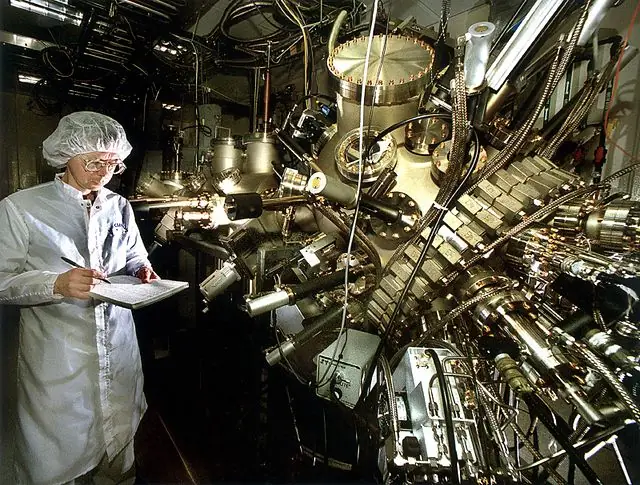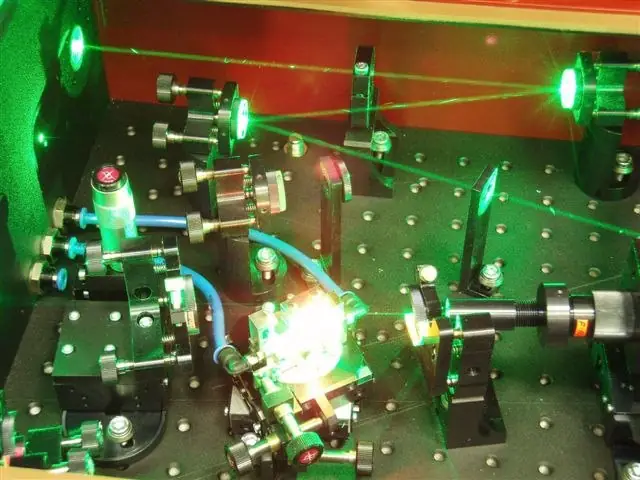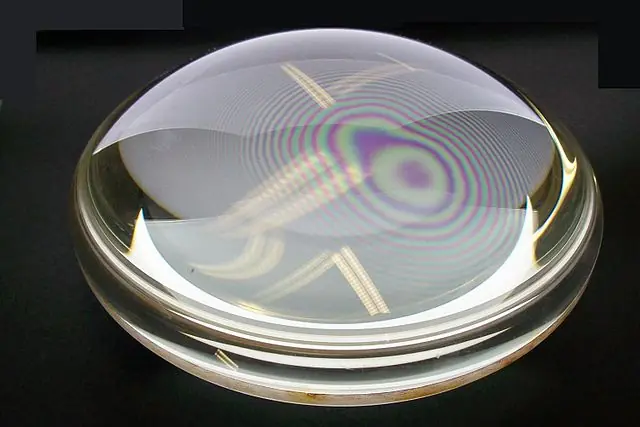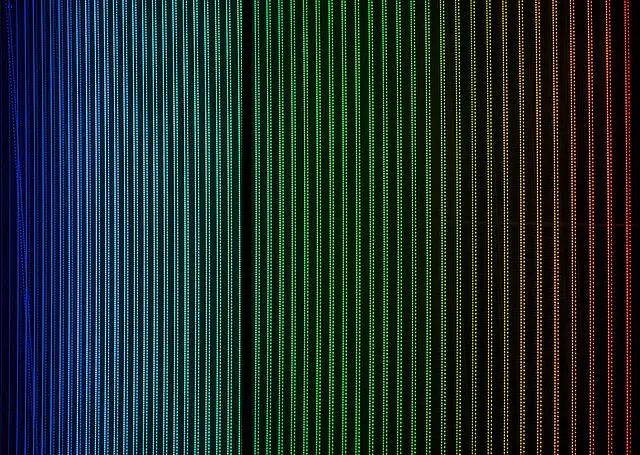VCSEL Lasers: A Guide to Vertical-Cavity Surface-Emitting Lasers

Vertical-Cavity Surface-Emitting Lasers, commonly known as VCSELs, have been rapidly gaining popularity over the past few years due to their high performance and numerous real-world applications. They have revolutionized the field of optics and photonics, making it possible to create high-speed data communication systems, 3D sensing technologies, and even biomedical devices. In this article, we will provide a comprehensive guide to VCSEL lasers, discussing their history, principles, applications, and future developments.
History of VCSEL Lasers
The concept of surface-emitting lasers dates back to the 1970s when it was first introduced as a theoretical idea. However, it wasn’t until the mid-1980s that the first practical implementation of VCSELs was developed by researchers at Bell Laboratories. Since then, VCSELs have undergone significant advancements, leading to their widespread use in various industries. Some notable milestones in the history of VCSEL lasers include the development of 980 nm VCSELs in the mid-1990s and the introduction of 1550 nm VCSELs in the early 2000s.
Core Concepts of VCSEL Lasers
VCSELs operate on the principle of vertical cavity resonant emission. They are similar to conventional edge-emitting lasers in terms of their basic design, but the orientation of their emission is perpendicular to the plane of the active layer. This allows for efficient and low-cost fabrication of arrays, making them ideal for use in a wide range of applications. VCSELs also offer several advantages over edge-emitting lasers, including high efficiency, low power consumption, and low noise.
One of the core concepts of VCSEL lasers is the use of distributed Bragg reflectors (DBRs) to create a resonant cavity. DBRs are alternating layers of materials with different refractive indices, which reflect light of certain wavelengths and transmit others. By carefully controlling the thickness and composition of these layers, a highly reflective mirror can be created, resulting in a high-Q cavity that enhances the lasing action.
Another key concept of VCSELs is the use of current injection to control the emission wavelength. By applying an electrical current to the active region of the device, electrons are injected into the quantum wells, resulting in the emission of photons. The emission wavelength can be controlled by adjusting the thickness and composition of the quantum wells, which allows for the creation of devices with different emission wavelengths.

Applications of VCSEL Lasers
VCSEL lasers have numerous real-world applications, ranging from data communication to sensing and imaging. In data communication, VCSELs are used in high-speed transceivers for optical data transmission. They are also used in optical interconnects for computer systems, reducing the power consumption and improving the performance of these systems.
In sensing and imaging, VCSELs are used in 3D sensing applications, such as facial recognition and gesture recognition in smartphones and other devices. They are also used in biomedical devices, such as pulse oximeters and glucose monitors, due to their ability to emit light at specific wavelengths that can penetrate human tissue.
Other applications of VCSELs include environmental monitoring, such as measuring the concentration of greenhouse gases in the atmosphere, and industrial process control, such as monitoring the quality of food products.
Future Developments and Challenges
The field of VCSEL lasers is constantly evolving, with ongoing research aimed at improving their performance and expanding their range of applications. One area of focus is the development of VCSELs with higher output power, which would enable their use in high-power applications such as laser machining and materials processing.
Another area of research is the integration of VCSELs with other optical components, such as photodetectors and waveguides, to create integrated optoelectronic systems. This would lead to the development of highly efficient and compact devices, with applications in areas such as medical diagnostics and environmental monitoring.
However, despite their many advantages, there are also challenges associated with the use of VCSELs. One challenge is the thermal management of these devices, as they can generate a significant amount of heat during operation. Another challenge is the reliability of VCSELs, as they can be susceptible to various types of failure, including catastrophic optical damage and degradation due to aging.
To address these challenges, ongoing research is focused on developing new materials and fabrication techniques that can improve the thermal and electrical properties of VCSELs. In addition, new designs are being developed to improve the reliability of VCSELs, such as the use of oxide aperture structures and ion implantation.
Conclusion
VCSEL lasers have come a long way since their initial development in the mid-1980s, and they continue to be an important area of research and development in the field of optics and photonics. They offer numerous advantages over conventional edge-emitting lasers, including high efficiency, low power consumption, and low noise, making them ideal for use in a wide range of applications.
In this article, we have provided a comprehensive guide to VCSEL lasers, discussing their history, principles, applications, and future developments. We have seen that VCSELs have revolutionized the field of optics and photonics, enabling the development of high-speed data communication systems, 3D sensing technologies, and even biomedical devices. As research in this field continues, we can expect to see even more exciting developments and applications of VCSELs in the future.






